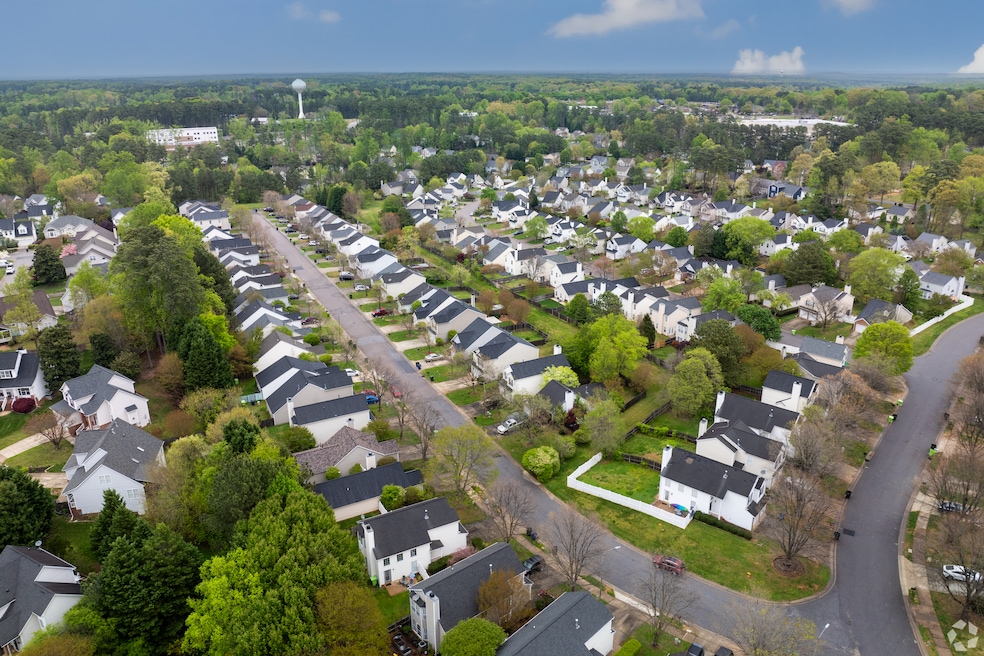In August, the U.S. housing market saw a surge of roughly 250,000 additional homes for sale compared to a year earlier — boosting buyer leverage amid shifting market dynamics.
In all, there were about 1.4 million active listings in August, according to exclusive data from Homes.com. That’s up 22% from the same month in 2024.
The upward pressure on listings was driven by a 21% increase in for-sale single-family homes, a 28% jump in condos and a 24% rise in townhouses.
It’s a continuation of a trend that’s manifested in the first eight months of the year, as the market has attempted to recover from years of historically stifled inventory that followed the pandemic. The topline: The housing market is shifting in favor of buyers, who are gaining more power due to weaker home prices and a greater choice of inventory.
Markets in the Sun Belt and West lead the way
The growth in supply in August was mostly driven by upticks in markets in the Sun Belt and the West.
Part of that has to do with trends in new construction and home affordability, according to Carl Gomez, senior economist at Homes.com.
“Slower home sales, driven by comparatively high mortgage rates and home prices (ie., eroding affordability), are allowing more homes to accumulate,” Gomez said. “Additionally, the construction of new homes built during the recent boom is starting to become available, while an easing of the ‘lock-in effect’ also contributes by providing more options for sellers and buyers.”
For example, some of the top markets with the largest growth in inventory in August included:
- Raleigh, North Carolina
- Miami
- Las Vegas
- Atlanta
- San Diego
- Los Angeles
While the Midwest and Northeast generally saw a slower build in their supply, some markets, including Washington, D.C.; Saint Louis; and Columbus, Ohio, were among the top markets with a more than 25% increase in inventory. There were two outlier markets where inventory decreased: San Francisco and San Antonio. All told, Gomez said psychology could be behind some of the inventory growth, too. "Some potential sellers may have been hoping strategically that mortgage rates would have come down or the economy would be booming under the new administration and chase out lots of potential buyers by now," he said. "But at this point, with the outlook not so rosy, some sellers may be increasingly deciding to just make their move versus holding out.”

